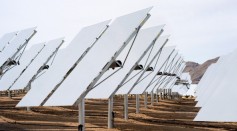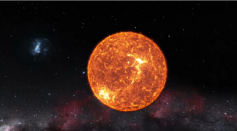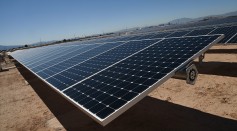solar energy

California Creates History With Solar Energy As Half The State Gains Electricity From The Renewable Source

Kentucky Coal Mining Museum Embraces Solar Energy, Lowering Energy Costs

Solar Energy Finds Best Storage Solution Similar To American Fern

Solar Energy Procurement Process Unveils The Use Of Chemical Liquid To Store The Power

NASA Scientists Have Discovered A New Technique To Prevent The Solar Storm

Low-Cost Battery Can Be Made From Urine: Will Make Solar Power Cheaper
Changing the Solar Power Industry—Tesla’s New Powerwall Packs a Powerful Punch
Solvent Baths Promise Better Perovskite Crystals and Better Solar Energy
How One Innovation May Change the Solar Energy Game Forever
Solar Activity Impacts Climate More During “Cool Periods”

China’s Supercomputer Tianhe-2 Reigns Supreme
Most Popular

How Technology Is Changing the Real Estate Industry?

Study Reveals High Turnover in Scientific Research Careers: What This Means for Future Scientists

How a Plant-Based Diet Can Protect Against Breast Cancer: Insights from Nutrition Research

Why It's So Difficult to Lose Weight: The Biological Explanation Behind Obesity






